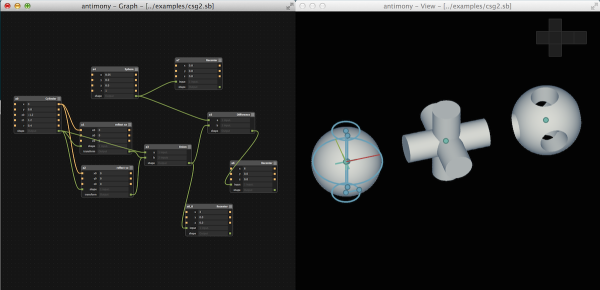One of the problems with quantum bits, or “qubits”, is that they tend to be rather fragile, with a high sensitivity to external influences. Much of this is due to the atoms used for qubits having two distinct spin states of up or down, along with the superposition. Any disturbing of the qubit’s state can cause it to flip between either spin, erasing the original state. Now antimony is suggested as a better qubit atom by researchers at the University of New South Wales in Australia due to it having effectively eight spin states, as also detailed in the university press release along with a very tortured ‘cats have nine lives’ analogy.
For the experiment, also published in Nature Physics, the researchers doped a silicon semiconductor with a single antimony atom, proving that such an antimony qubit device can be manufactured, with the process scalable to arrays of such qubits. For the constructed device, the spin state is controlled via a transistor constructed on top of the trapped atom. As a next step a device with closely spaced antimony atoms will be produced, which should enable these to cooperate as qubits and perform calculations.
By having the qubit go through many more states to fully flip, these qubits can potentially be much more stable than contemporary qubits. That said, there’s still a lot more research and development to be done before a quantum processor based this technology can go toe-to-toe with a Commodore 64 to show off the Quantum Processor Advantage. Very likely we’ll be seeing more of IBM’s hybrid classical-quantum systems before that.















